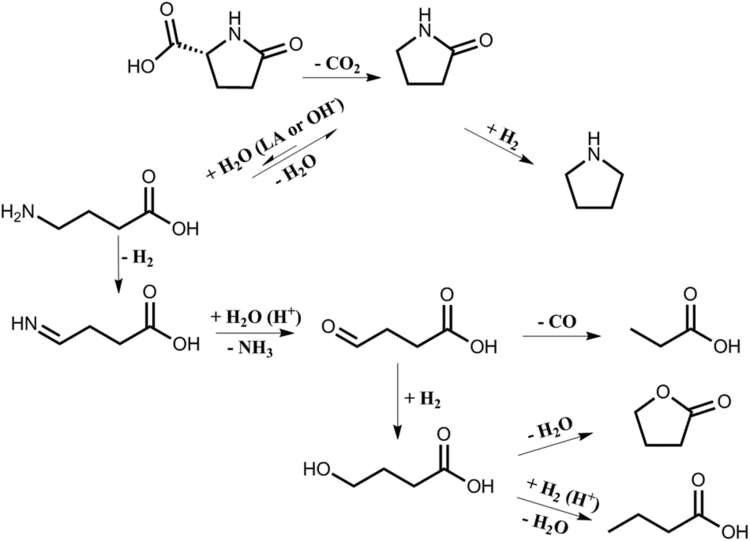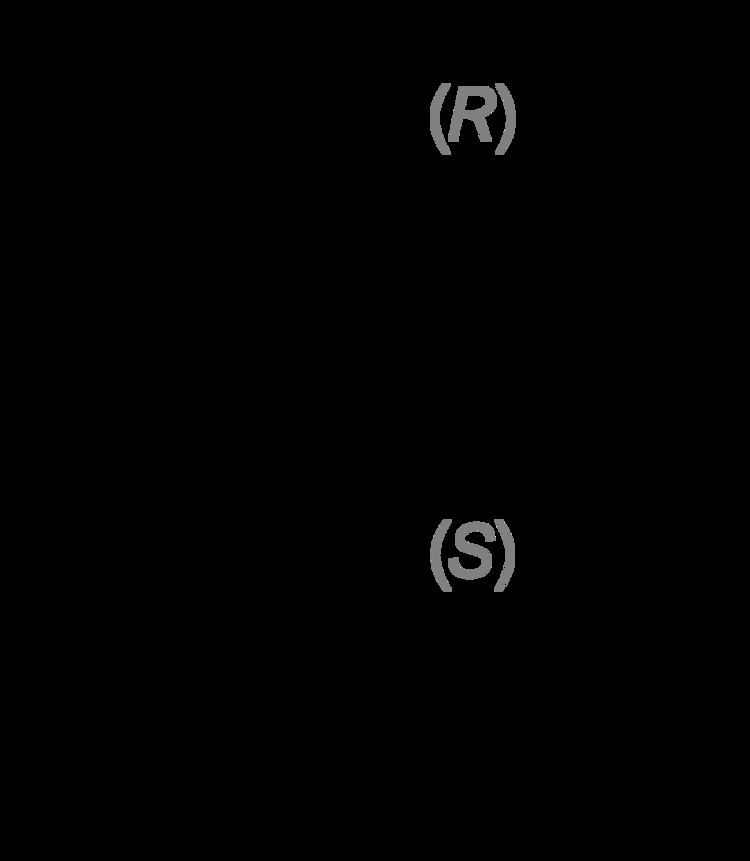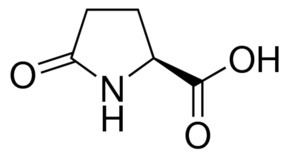3DMet B01549 Formula C5H7NO3 | Abbreviations Glp Molar mass 129.114 g/mol | |
 | ||
Source naturals l pyroglutamic acid at easylivinghealth com
Pyroglutamic acid (also known as PCA, 5-oxoproline, pidolic acid, or pyroglutamate for its basic form) is an uncommon and little studied natural amino acid derivative in which the free amino group of glutamic acid or glutamine cyclizes to form a lactam. It is a metabolite in the glutathione cycle that is converted to glutamate by 5-oxoprolinase. Pyroglutamate is found in many proteins including bacteriorhodopsin. N-terminal glutamic acid and glutamine residues can spontaneously cyclize to become pyroglutamate. This is one of several forms of blocked N-terminals which present a problem for N-terminal sequencing using Edman chemistry, which requires a free primary amino group not present in pyroglutamic acid. The enzyme pyroglutamate aminopeptidase can restore a free N-terminus by cleaving off the pyroglutamate residue.
Contents
- Source naturals l pyroglutamic acid at easylivinghealth com
- What does pyroglutamic acid mean
- Metabolism
- Uses
- References

Pyroglutamic acid, also known as pidolic acid, exists as two distinct enantiomers:

What does pyroglutamic acid mean
Metabolism

As first discovered in 1882, pyroglutamic acid can be formed by heating glutamic acid at 180 °C, which results in the loss of a molecule of water. In living cells, it is derived from glutathione through the action of an enzyme, γ-glutamyl cyclotransferase. It may function to store glutamate, but also acts to oppose the action of glutamate including in the brain. It also acts on the cholinergic system in the brain, and Amyloid β containing pyroglutamic acid is increased in Alzheimer's disease and may be involved in the disease process. Levels of pyroglutamic acid in the blood, called 5-oxoprolinuria, can increase following paracetamol overdose or in inborn error of metabolisms, causing an increased level of acidity called a high anion gap metabolic acidosis.
Uses

The sodium salt of pyroglutamic acid — known either as sodium pyroglutamate, sodium PCA, or sodium pidolate — is used for dry skin and hair products, as it is a humectant. It has low toxicity and is not a skin irritant, but its use in products is limited by a high price.
L-pyroglutamic acid is sold online as a dietary supplement.
Magnesium pidolate, the magnesium salt of pyroglutamic acid, is a mineral supplement.




